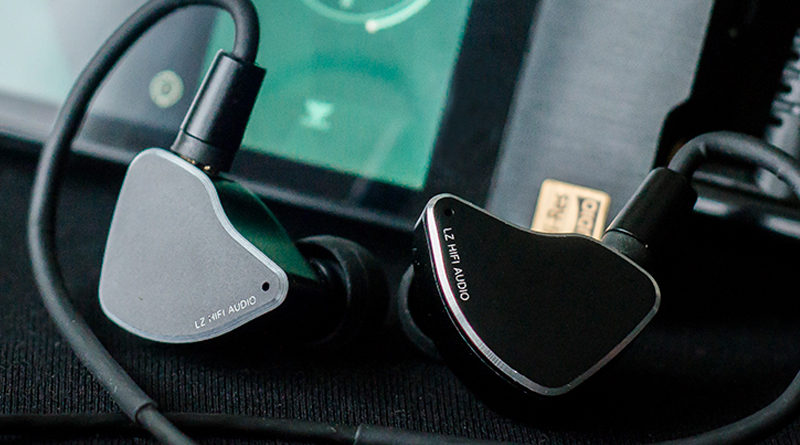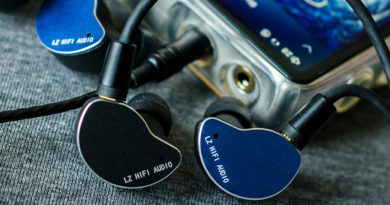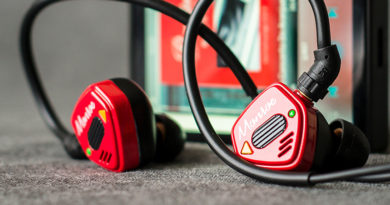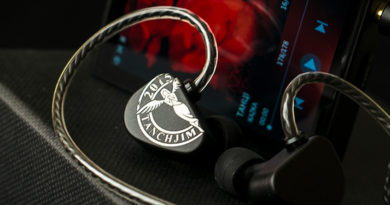LZ HIFI A6Mini — light version of mighty hybrid IEMs


The process of investigation on the latest products by LZ HIFI Audio brand continues… Last time we have reviewed the new flagship A6 IEMs that was released simultaneously with its less pricy and younger variation — A6Mini. This model is not so tightly packed with the features but at the same time has many things in common. Both models have the base combination of similar 10mm dynamic woofer + piezo-electric ceramic high frequency driver while A6 also incorporates additional 4BAs. Both share the same design, shape and possibility of further tuning options by the means of applying different output nozzles.

All of the above made LZ HIFI flagship model to be a decent performer with unique features and now our quest is to understand whether A6Mini IEMs are as revealing and universal in comparison to its own class rivals.
This review would partially borrow the text from our article about A6 IEM due to shared similarities between two models.

We advice you to read our review of LZ HIFI A6 as well.
You can purchase LZ HIFI A6Mini at PenonAudio store
LZ HIFI A6Mini technical specifications:
- Combination of drivers: 2-way hybrid
- Dynamic: 10mm DLC diaphragm dynamic woofer
- Piezo-electric: 7 layer parallel piezoelectric ceramic extra-high frequency driver
- Frequency response range: 15Hz-35kHz
- Impedance: 20Ω
- Sensitivity: 112dB
- Cable: 1.3m, 3.5mm single-ended stereo plug, L-shaped
- IEMs connector: MMCX or 2Pin 0.78mm (depending of customer choice)
- Designed according to CTIA IECQ standard
- Feautres: 3 pairs of sound tuning nozzles
Output nozzles (filters):
- Blue: 3-7kHz +3dB
- Black: 3-7kHz ±0dB
- Red: 3-7kHz -3dB

As stated in the technical specifications nozzles have 3 tuning option. Each nozzle option has different acoustic filter mesh. Switching from +3dB to -3dB should produce quite a change in the frequency response of upper mids / lower treble range. Let’s get back to that after examining the exteriors.
Build quality, design and materials:
LZ HIFI A6Mini box packaging design is similar to the flagshop model. Box has the additional black outer cover with shiny purple brand logo, model name and short description imprints. Back side contains company name and address.

Cover aside, box is orange now and has only brand logo printed on it.
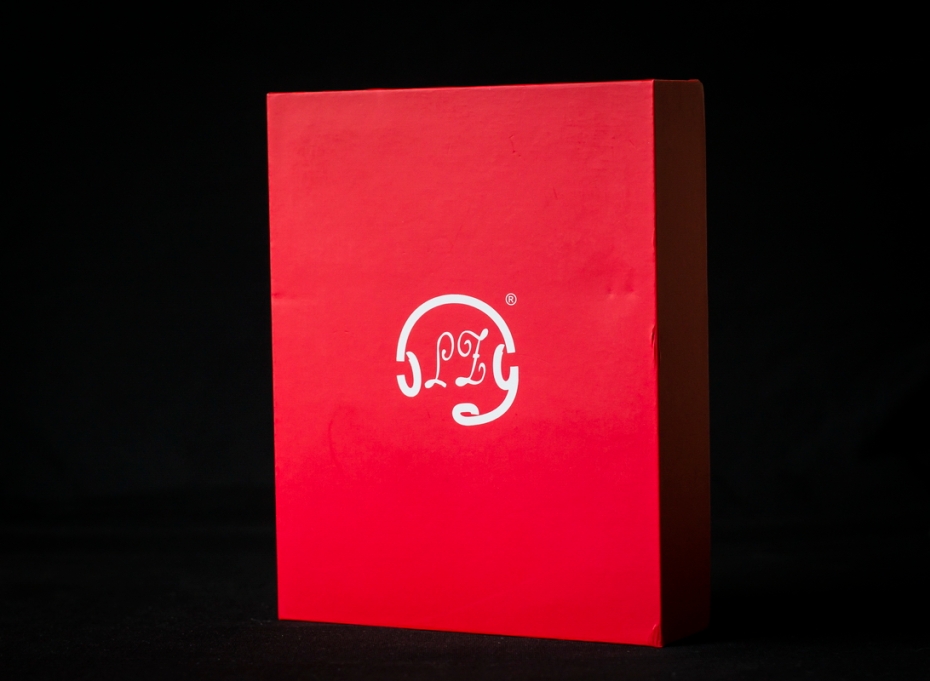
Box inner compartment is split into two layers with top inset holding IEMs and bottom compartment containing storage case along with several accessory boxes.

Box contents:
- A6Mini IEMs
- cable
- 3 pairs of tuning nozzles
- 6 pairs of silicone eartips
- 1 pair of memory foam eartips
- storage case
- warranty card
- user manual

Pretty standard list of accessories if not taking into consideration 3 pairs of output nozzles. Storage case is always welcome to provide long lasting life for your IEMs. In comparison to A6, more budget friendly A6Mini set of nozzles is focused on singles frequency response range and 3 variations of upper mids|lower treble response filters.

A6Mini IEMs are made of two parts — top aluminum cover and base (perhaps — steel). Parts are perfectly aligned, the gap is hardly visible. Top covers are matt black with rough finish, contain neatly printed brand name and additional compensation opening.

There is no LOUD button as in A6 flagship model but A6Mini impedance and sensivity is closer to what we’ve seen in A6 when LOUD was ON.
IEMs bases are black with glossy finish and have a another compensation opening close to the nozzles.

Nozzles are made of alluminum, have threaded type of connection and rubber seal to protect dust and moisture from coming inside the thread. A6Mini nozzels are interchangeable with A5 and A6 IEMs — same thread diameter and pitch.
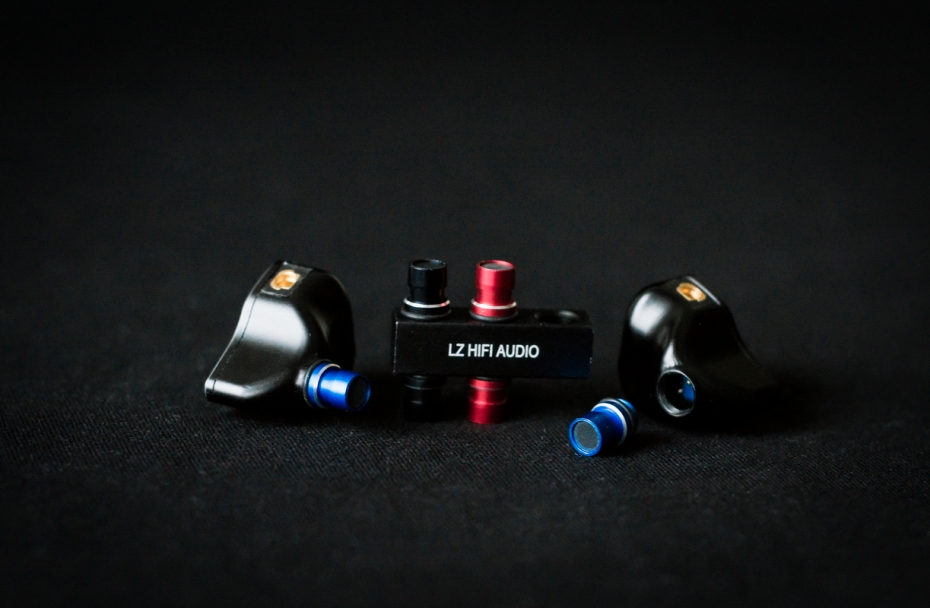
MMCX (or 2-pin, 0.78mm) are located at the top edge. No free play here.

Stock cable can have either MMCX or 2-pin, 0,78mm connectors depending of customer choice. All cable elements are made of aluminum — Y-splitter, limiter, connector housings and L-shaped 3.5mm jack housing.

Connectors do feature channels indicators but there are no corresponding indicators on IEMs. Anyway, further identification is an easy task due to specific IEMs shape and fit. We like A5 cable more for two reasons: soft braid and earguides that would hold any given shape. A6/A6Mini cable is packed in more stiff silicone braid while the earguides are springy.

In terms of fit comfort we’d also prefer A5 over the newest A6/A6Mini models. A6Mini is not as heavy as A6 due to loosing extra 4xBA drivers but still less comfortable to wear in comparison to A5. The shape of newer models is not so natural and the profile is kind of thick. It would be much easier if the earguides would be helping better by holding the desired curvature. Consequently, the level of noise isolation is average if not less. Better ergonomics of A5 cuts off the incoming noise more effectively.
Sound quality:
Tested with Hidizs AP200 + AP80 DAPs.

Lows and midbass:
Deep bass shows high amount of textures no matter which nozzle is currently in use. Bass amount and presence are not overwhelming, neither it is accentuated. Сontouring is precise, good layering allows to distinguish different instruments performing in this range. Subbass reaches good depth whereas bass is totally adequate to balance and accompany other ranges. A6Mini lows remind us of full-sized open back headphones with airy and transparent presentation. In comparison to A6 this range aquired more weight in overall sound picture and got only a bit more «muffle» feel but the rest is left unchanged and sounds quite similar to the flagship model when LOUD is enabled.
Midbass section is adequately articulated, full-bodied and powerful. Drum sections sound pretty natural, creating a good feel of overall dynamics. The only difference to A6 model is a small descrease in body and dynamics of certain sounds during the drum sessions. This might be a result of additinonal front compensation opening or changes in the volume of woofer cavity — A6Mini have much more free space inside. There is no significant change in midbass coloration while applying different filters which means that this range is perfectly weighted and tuned by crossovers.

Mids and vocals:
Mids are more upfront than lows. Male vocals sound a bit thin and more distant than female ones which adds more emphasis on clarity and emotional appeal. In comparison to A6 flgship model mids did loose some body, balance and resolution. Not a surprise because 2 extra mid-range balanced armature drivers were removed. Detalization is still enough to show good amount micro details on both — voices and instruments. There is no excessive harshness on upper mids, but the overall tonality feels bright and the sound is prone to sibilances when using blue filter. This filter adds the exceptional clarity and colder crispness to string instrument or female vocals. Switching to red filter would make the presentation darker by cutting off most of the sparkles and giving the mids a touch of warmth. Sibilances almost fade away or at least should draw much less of attention. Going back and forth with different filters give obvious influence to the overall tonality. Chances to find the most suitable sound are good. Tuning of mids can vary from very emotional and thin to thicker and more natural sound.
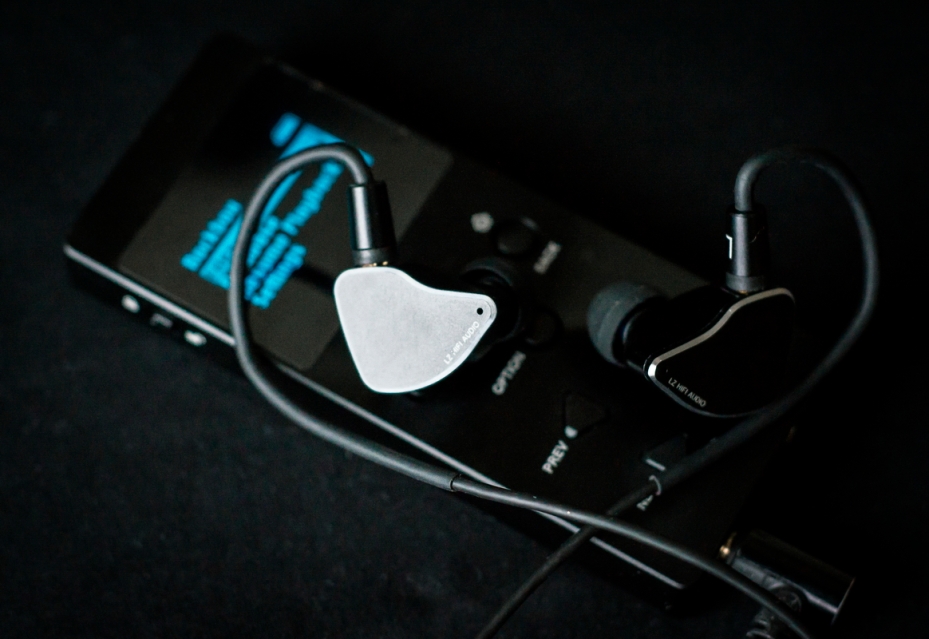
Treble:
In our previous review we have conlcuded that LZ A6 IEMs managed to set the new standard concerning treble range extension, micro dynamics and resolution. LZ A6Mini IEMs are not as remarkable but get very close… Speed, micro dynamics and extension are the best for the corresponding budget even with a single piezo-electric ceramic driver. Blue filter is excessively bright and crisp, highly accentuates treble and bringing it to the very front while the red one removes anything too biting and mostly equilizing treble to mids. This range can vary from icy, sparkling and very crisp to more neutral, softer and less emphasized behavior. The main difference to A6 sound with two additional BA units is more dry and less resolving presentation, still managing to keep a similar feel of remarkable transprency.
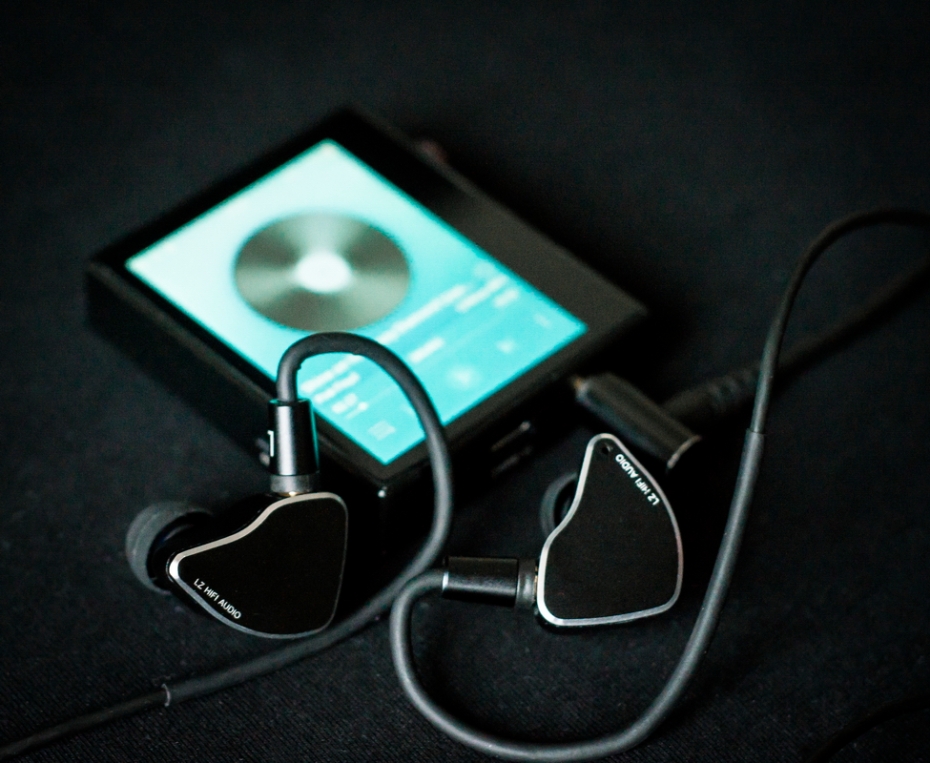
Soundstage:
LZ A6Mini show moderate spread of instruments on horizontal and vertical planes. Distance of certain instruments from the center in regular tracks is more than the average as well while special binaural recordings are very pleasing to listen to due to significantly enlarged spread and precise positioning. No changes to A6 flagship model with LOUD on.

Sound in overall:
LZ A6Mini sound can vary from fairly balanced with slighty accented upper mids/lower treble to very bright, crisp, treble-emphasized tonality. High resolution, great texturing of lows, good layering and treble extension would remain constant regardless of the filter choice.
Compared to Whizzer Kylin:

Whizzer Kylin are more bassy and less detailed IEMs. Lows are less textured and more heavy, not showing that much of details. Kylin are almost as bright as A6Mini with blue or black filter options but brighter that the cobination of A6Mini with the red one. Kylin treble range doesn’t catch up with the dynamics, extension and resolution of A6Mini. It sounds more simple and straight forward. At the same time, mids in Kylin feel more balanced, adding some body to male vocals and better exposing instruments in this range. Mids are closely approaching flagship LZ A6 model rather than A6Mini (no wonder why Kylin is so respected amoung audio fans). Unfortunately, Kylin would barely fit my ears due to cone shape of output nozzles. LZ A6Mini are not the best in this respect either but better than Kylin.
Compared to Shozy & NEO CP:

Shozy & NEO CP IEMs belong to pure armature class and produce quite different sound. Tonality is warmer and in overall it feels softer. Not as sharp and detailed as A6Mini in either range. Deep bass lacks the presence and power. The main advantage of CP IEMs is in the combination of gentle delivery with good resolution suitable for many slow music genres. Whereas A6Mini is sharper and brighter, which would be better for hard rock, metal, orchestra and other genres with lots of different instruments in each range.

Conclusion:
Surprisingly, LZ HIFI A6Mini IEMs has managed to maintain some of the main vitrues of a flagship model and come close to its sound characteristics regarding overall resolution, good texturing of lows and decent reproduction of treble range. Not featuring LOUD button, A6Mini are tuned to deliver the same soundstage and drive as perceived in flagship model only with this function enabled. The variety of further tuning options has been reduced to 3 filters which is still enough to change the tonality from very bright and crisp to more balanced and much closer to neutral. All of these qualities define LZ A6Mini as the most feature-packed and interesting choice than the most of its class rivals. Finally, with almost half the price off, A6Mini are holding well against the flagship model in various aspects, making these IEMs even more valuable.
You can purchase LZ HIFI A6Mini at PenonAudio store

